€4.38
/ per pack
Choose seeds per pack:
Botanical nomenclature: Ficus benghalensis
Common name: Bengal Fig, banyan tree, East Indian Fig
Family: moraceae
Origin: see below
Height: 15 – 20 meters
Luminosity: full sun, partial shadow
Ficus benghalensis is considered native from asia tropical, from india to myanmar, thailand, south of china and malaysia. She is also cultivated and naturalized in many tropical regions of the world, including west africa, north america, west indies, australia, middle east and many islands of the pacific ocean.
Pollinators: wasps and bees.
It is telled that it was under a figure that Buddha achieved lighting.
There are more than 750 varieties of figueira and no other plan has influenced the imagination in transcorring the history.
Aerial roots: most ficus species bury their roots below the soil surface, but some other prefer to show them in sculptural forms.
The fig is revercended by various people and ethnics. They are present still in stories, folklore and fertility rites.
The most notorious is the Bengal Fig (ficus benghalensis), a tree so great that from far, it seems a small forest.
The Bengal Fig produces thin roots that grow up until the soil is achieved, then begining to grow through forming indistinguible trunks of the main trunk.
Extremely decorative tree, a magnificent exemplary, a true monument of replies of stories.
Say that a bengal figure of the state of uttar pradesh in india is immortal. Another, so southern, he would have born in which a desperate woman was played in the funeral pirate of the husband, dying burned; that tree, in andhra pradesh, can cover 20 thousand people.
Uses:
Ficus benghalensis is frequently planted as ornamental.
Shell, leaves, root fibers and dairy juice (latex) are used in the preparation of traditional medicines. The tree is also planted for conservation of soil, wood and cellulose paper, and can serve food and shelter to various birds and other animals.
The fruit is edible (orange orange). Other applications: the application of a coconut oil and fruit pump mix promotes hair growth.
Specify quickly growing, very rusticly, can be cultivated in all regions of brazil at the full sun or partial shadow, in source rich in organic matters, which holds mountain and provides good drainage. Dry resistant and resistant to modified frost. Can grow at altitudes from sea level up to 1,200 meters.
The species are also appreciated in the bonsai art.
| Weight | N/A |
|---|
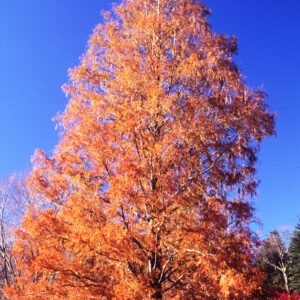
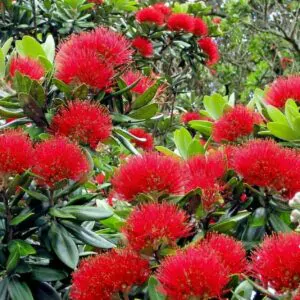
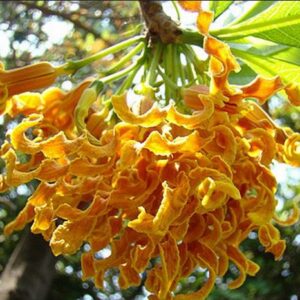
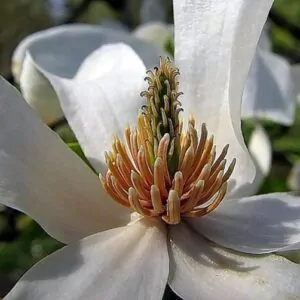
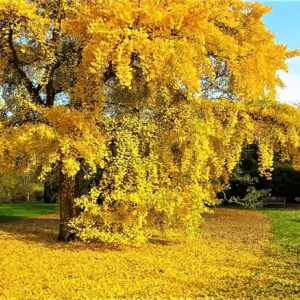
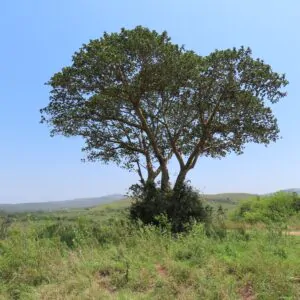
| Cookie | Duration | Description |
|---|---|---|
| cookielawinfo-checkbox-analytics | 11 months | This cookie is set by GDPR Cookie Consent plugin. The cookie is used to store the user consent for the cookies in the category "Analytics". |
| cookielawinfo-checkbox-functional | 11 months | The cookie is set by GDPR cookie consent to record the user consent for the cookies in the category "Functional". |
| cookielawinfo-checkbox-necessary | 11 months | This cookie is set by GDPR Cookie Consent plugin. The cookies is used to store the user consent for the cookies in the category "Necessary". |
| cookielawinfo-checkbox-others | 11 months | This cookie is set by GDPR Cookie Consent plugin. The cookie is used to store the user consent for the cookies in the category "Other. |
| cookielawinfo-checkbox-performance | 11 months | This cookie is set by GDPR Cookie Consent plugin. The cookie is used to store the user consent for the cookies in the category "Performance". |
| viewed_cookie_policy | 11 months | The cookie is set by the GDPR Cookie Consent plugin and is used to store whether or not user has consented to the use of cookies. It does not store any personal data. |